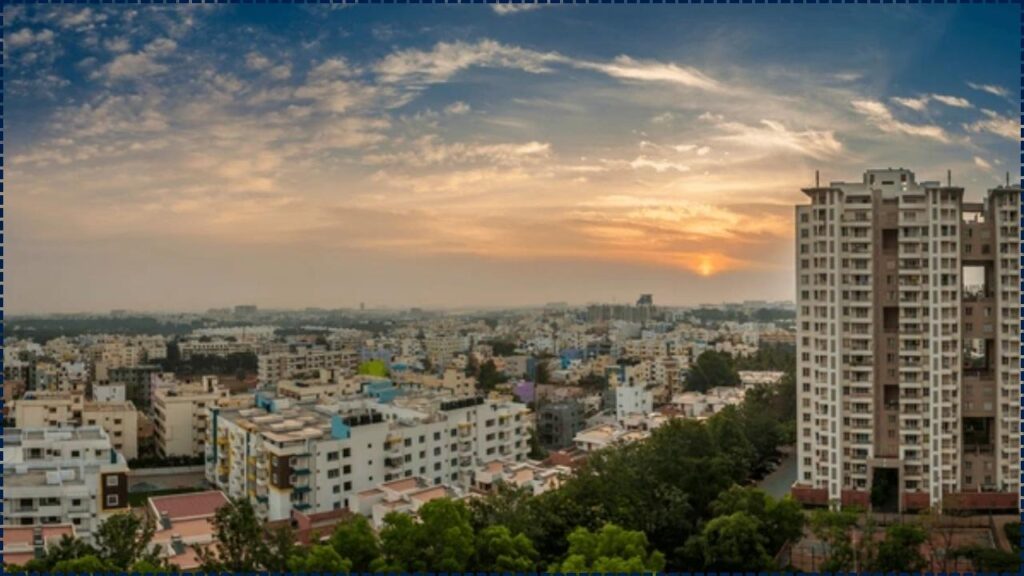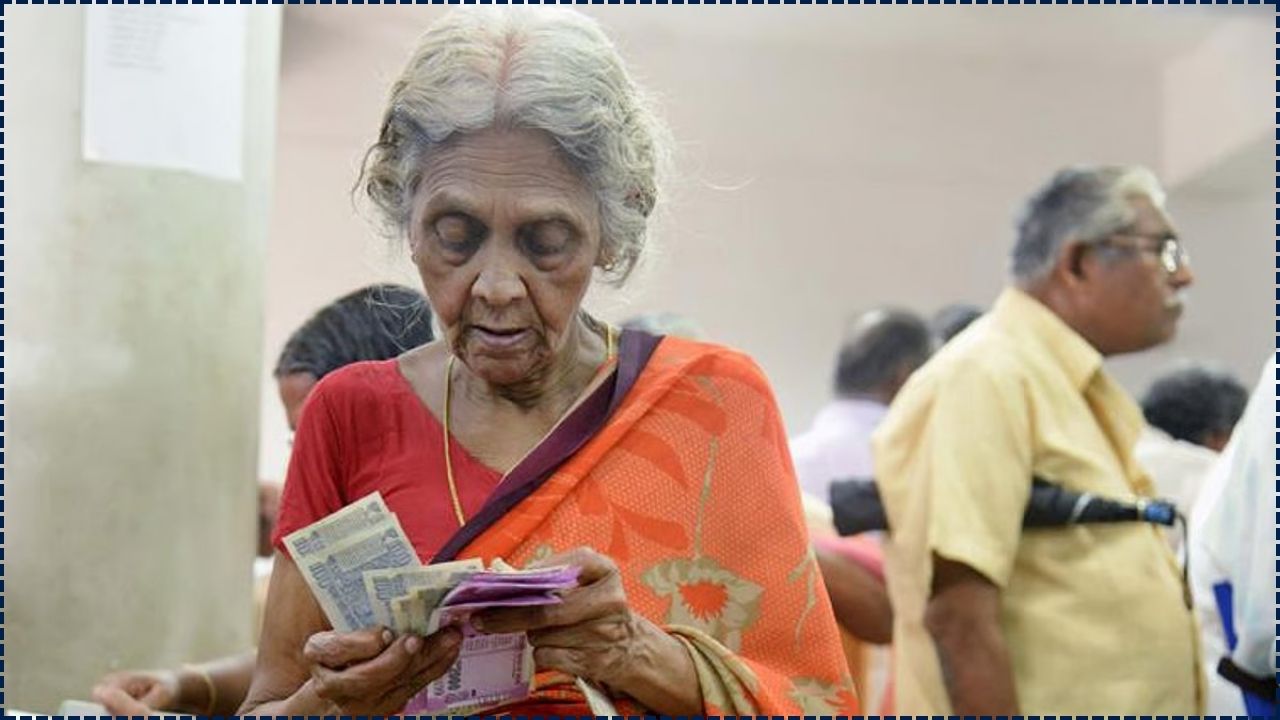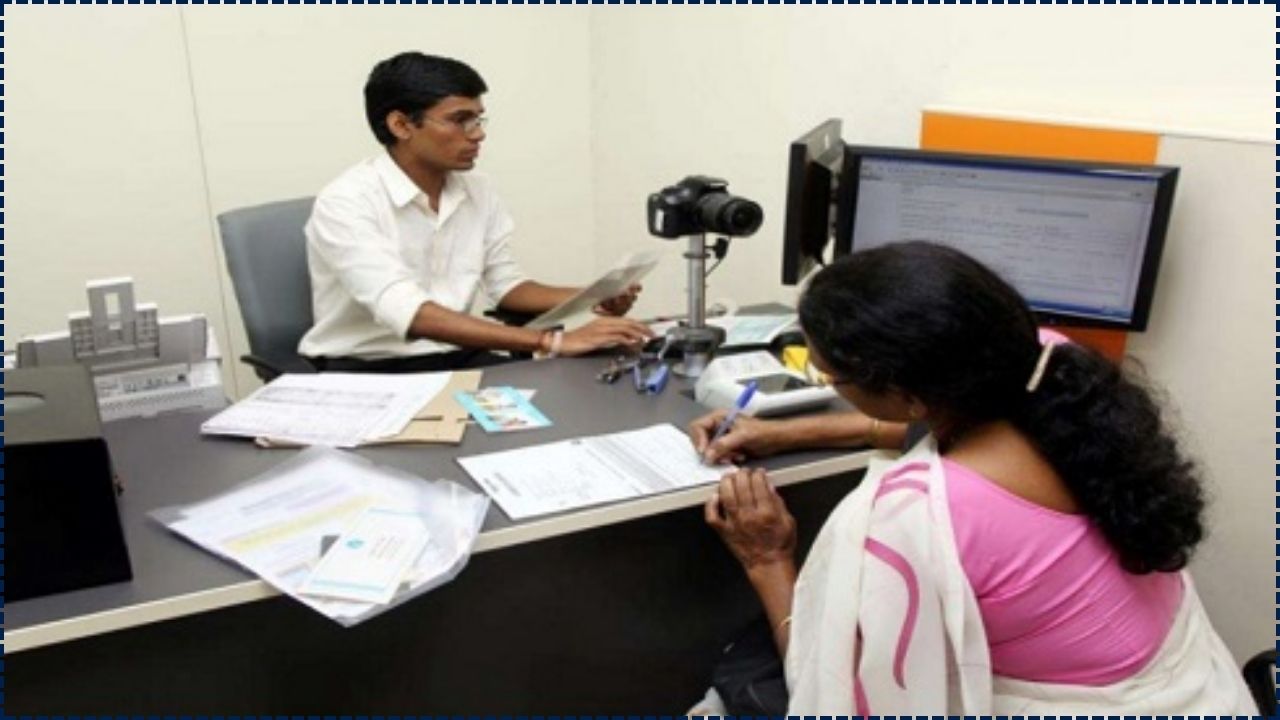India’s rapidly growing cities reflect a profound journey of opportunity and challenge, where the promise of progress meets persistent infrastructure and governance gaps, such as congestion, flooding, and institutional volatility, yet innovative solutions like Ahmedabad’s TDR, Bengaluru’s restructured authority, and vibrant green public spaces offer hope for a more inclusive and resilient urban future.

By scaling these successes, India can empower every citizen, especially those in marginalized communities, to thrive in cities that prioritize equitable access, environmental sustainability, and participatory governance.
This collective vision unites communities, policymakers, and innovators in a compassionate mission to transform urban landscapes into spaces of dignity, opportunity, and shared prosperity for all.
India’s fastest-growing cities are both engines of economic growth and flashpoints for governance challenges. Rapid population influx, aging infrastructure, and institutional fragmentation test urban administrations. Yet cities from Ahmedabad to Bengaluru also showcase pioneering solutions that balance resilience with innovation.
The Urban Surge: Stakes and Scale
India’s urban population is projected to reach 600 million by 2036, comprising 40% of the national total—up from 31% in 2011. Urban areas are expected to contribute nearly 70% of GDP by then. The country must invest US$840 billion in urban infrastructure by 2036—double the historical rate—to meet this demand.
Emerging Governance Challenges
Infrastructure Stress and Inequity
Metropolises are strained by traffic congestion, overloaded utilities, poor drainage, and uneven development. In Bengaluru, stalled metro construction, pothole-riddled roads, and unreliable water supply undermine its status as a tech hub and tarnish its liveability. Similarly, Gurugram frequently floods after brief rainfalls due to obstructed drainage and loss of green infrastructure.
Climate and Environmental Risk
Rapid urban expansion intensifies heatwaves and flooding, especially in coastal areas. Urban centres are heating nearly twice as fast as rural regions. Extreme weather underscores the urgency of sustainable city planning.
Institutional Instability
Cities may suffer governance lapses when administrators transfer too frequently. Panchkula faced multiple changes in district and police leadership over ten months, hampering continuity and delaying critical projects.
Related Links
How to Use DigiLocker to Access and Manage your Official Documents
Open Data Resources: A List of Official Data Portals and APIs For Researchers and Developers
Local Government Bodies: A List of Municipal and Local Governance Websites Across India
Innovations and Governance Wins
Adaptive Use of Development Rights
Ahmedabad absorbed ₹2,561 crore in Transferable Development Rights (TDR), using them to drive slum redevelopment (over 23,700 homes) and heritage restoration. Experts see untapped potential worth nearly ₹2.46 lakh crore in private investment via expanded models such as ‘Green TDR’.
Strengthened Institutional Coordination
In 2025, Karnataka replaced the Bruhat Bengaluru Mahanagara Palike (BBMP) with the Greater Bengaluru Authority (GBA). This new apex institution promises coordinated planning, resource sharing, and strategic infrastructure oversight across multiple municipal corporations.
Citizen-Centric Interventions
Bhubaneswar’s leadership launched parks and playgrounds across the city, embedding climate-conscious and inclusive infrastructure that aligns with broader urban wellness goals.
Strategic Pathways Forward
India’s urban transformation embodies a compassionate vision for creating vibrant, inclusive cities where every citizen thrives, calling for a governance shift that prioritizes integrated planning, environmental resilience, and participatory systems to uplift communities and foster sustainable growth.
By harnessing digital tools and sustainable financing models like AMRUT, this transformation empowers local voices, enhances urban capacity, and ensures equitable access to resources, particularly for marginalized populations. This collective effort unites policymakers, citizens, and innovators in a shared mission to build resilient, green, and inclusive urban spaces, fostering hope, dignity, and opportunity for all in a rapidly evolving India.
















